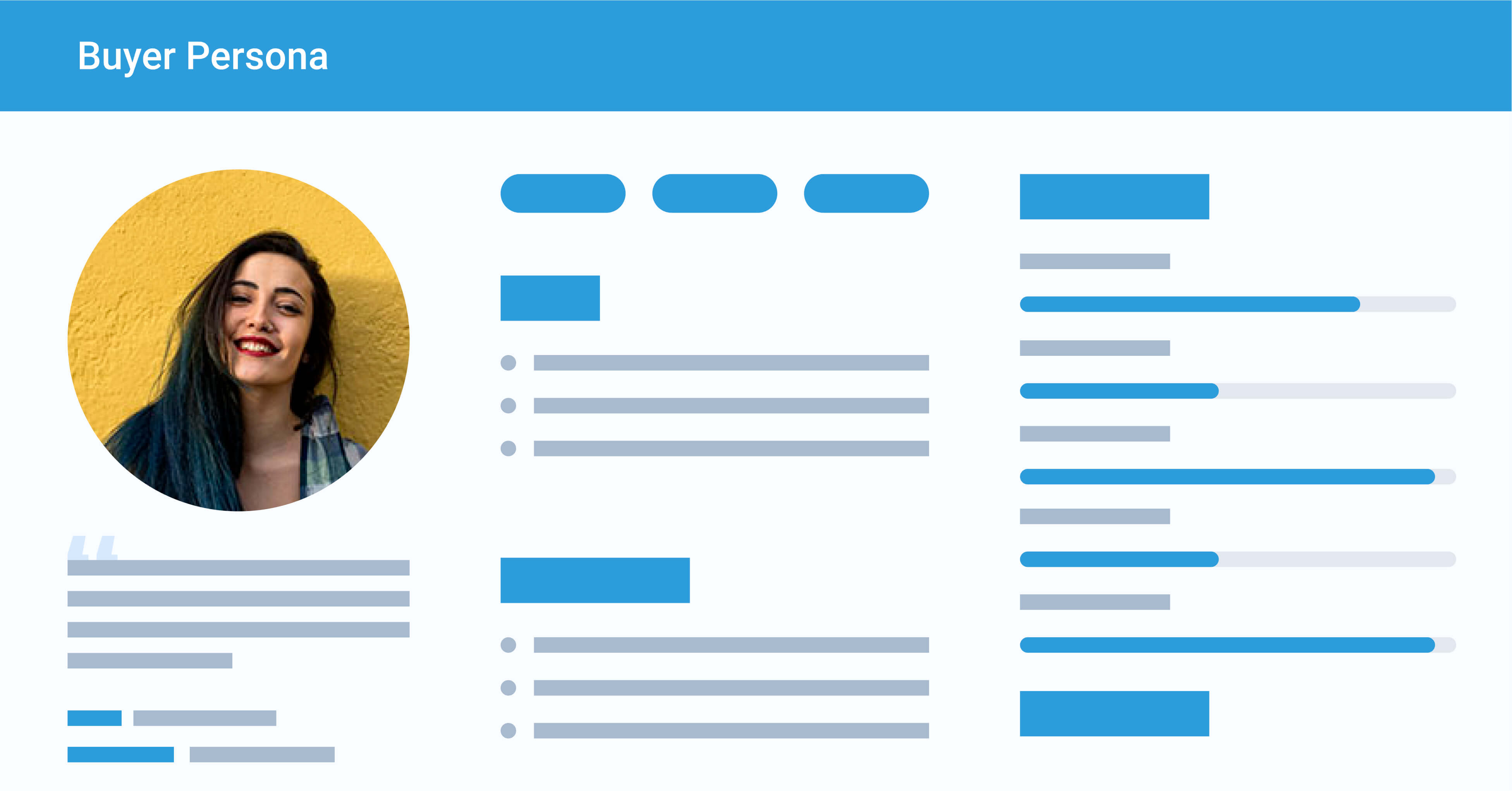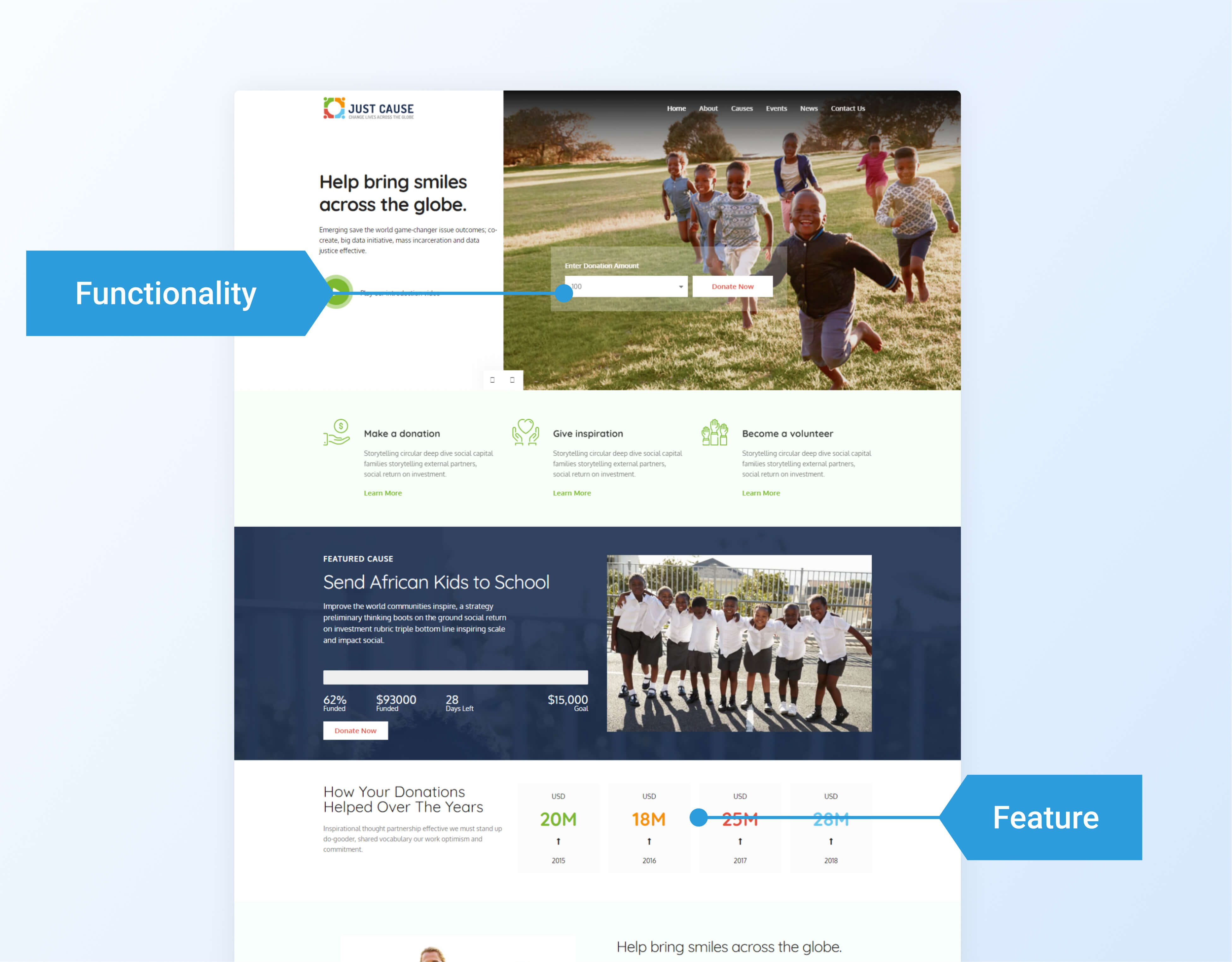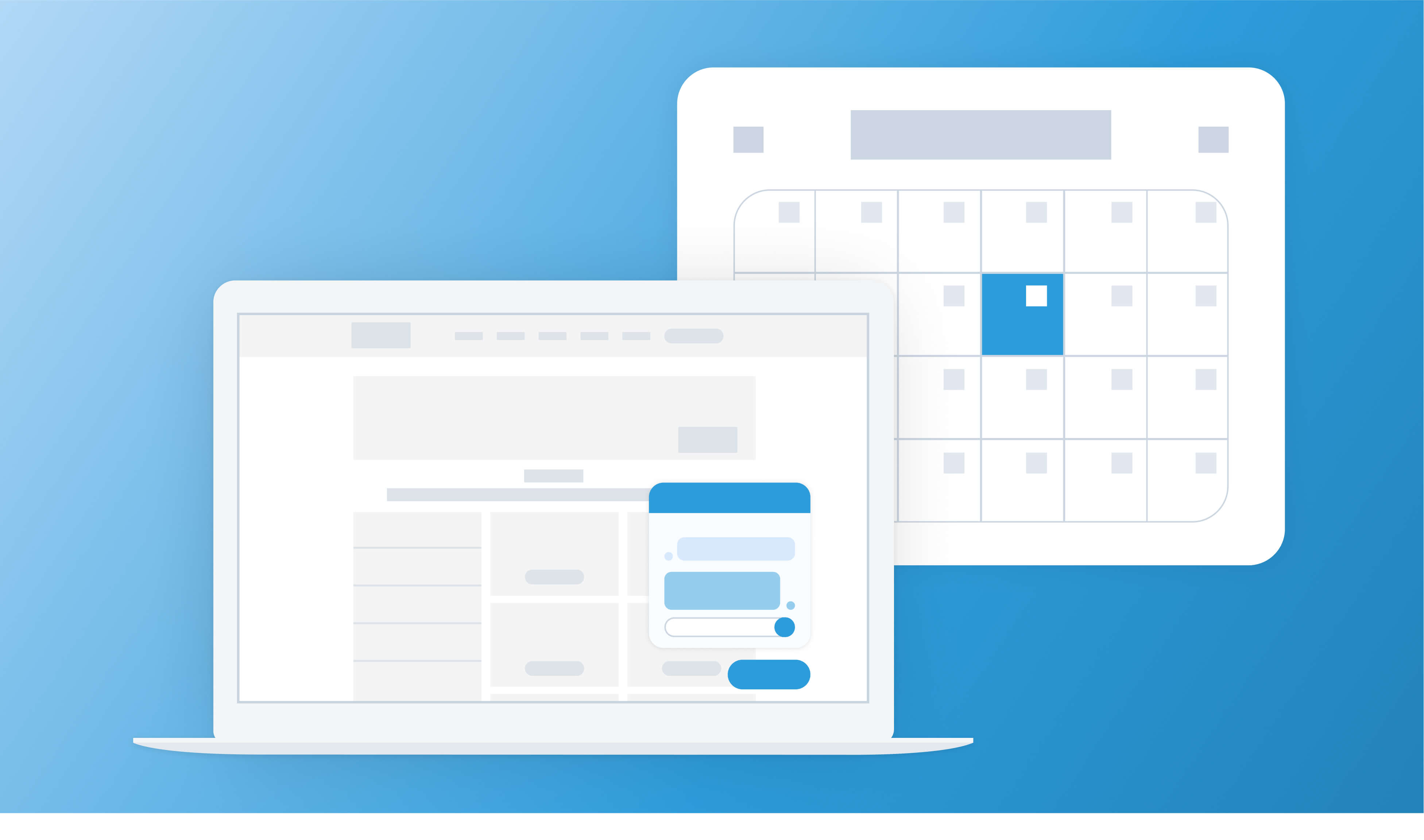After successfully selling web design and closing a client, you’re now ready to take the next step.
Where do you start? How do you make sure you’re not hitting roadblocks?
Before you get your creative juices flowing and start coding, you need to be on the same page as your client. This starts with preparing a website design questionnaire.
Why do you need it? Two reasons: to set your client’s expectations and to set your expectations.
A great deal of preparation will help you have a smooth web design intake process, which, in turn, puts you in a favorable position of designing a website that helps clients achieve their goals.
1. What is your business?
A successful web design project is all about staying on the same page as your client. It can be exciting to dive into designing your client’s website, but this doesn’t mean you’ll spare no thoughts on why the site is being built in the first place.
You can’t design a website without a purpose and a big chunk of that will come from knowing the business of your client.
A website is the reflection of a business’ brand.
It’s not the design team’s job to assume anything when it comes to the client’s business. You can only know this by asking your clients to describe their business: their core values, background, and industry.
2. Who is your target audience?
Remember Google’s rule: Build for the user.
Businesses build websites to get customers. It only makes sense to design a website that caters to what their audience needs.
By asking about their target users in your website design questionnaire, the better you can create a website that not only speaks of the brand but also speaks to the audience.
Ask about their ideal buyer persona. This will help you understand the demographics and psychographics of their target market:
- What content do they usually consume?
- What are their buying habits?
- What are their motivations to purchase from the website?
The more you know about their target audience, the better you can create a website that’s user-friendly and determine its overall look and feel.
3. What are the goals for your web design project?
A website’s purpose goes beyond establishing the online presence of a business. If designed properly, it can be a powerful lead generating tool. It can also serve as a go-to resource for your client’s audience, building their authority within their niche.
That’s why you need to know what the goals will be at the very start of the website design project.
In your web design questionnaire, indicate the goals your clients want to achieve by having a new website:
- Do they want to get more leads?
- Are they planning to rebrand?
- Do they want to improve certain functionalities?
By understanding their goals, you can provide them with a more efficient website and minimize the back-and-forth later on.
4. What functionalities do you want to improve on your current website?
Asking this question allows you to unearth the technology and features your clients want to have or retain if they already have a website.
As the website designer, you need to know how the client wants their website to function. This affects how you will layout the content, develop the navigation, and add the necessary design elements.
Not all websites are created equal, and this is something that you need to instill onto your clients.
Functionalities may depend on the type of website they have or want to build. For example, brochure websites will have a different set of features than Shopify websites.
Another factor is the goal they want to achieve with their website design. If they’re looking to increase website rankings, they’ll need SEO plugins to improve their online performance.
Pro-tip: Request the client to list down the three things that are most important to their website design in your questionnaire. Allow them to specify exactly what elements they want—the more specific they are, the better and easier it will be for you to build their website.
5. Who are your competitors? What do you like about their website design?
Part of the entire website design process is being privy to what’s out there. In other words, scouting the competition.
If you know how competitor websites work and look like, you can have an idea of how to work on your client’s website.
However, looking at their competitors doesn’t mean you’re going to copy what they have down to the minute details. It’s a learning curve—seeing what worked and what didn’t so you have a general idea of how to make your client’s website better.
A few other questions to help you get more information in terms of how they stand with the competition:
- What makes you different from other businesses in the same industry as yours?
- Can you implement a feature you don’t currently have but is found in your competitor’s site?
- What aspect of their website do you think makes it better than yours?
Adding these to your list of web design questions for clients can also help you get insights on what your clients like and dislike, minimizing potential revisions in your web design mockups.
6. Do you have design preferences to match your branding for the website?
Clients may already have a vision of what website design they want, but this may likely come from existing websites. There’s nothing wrong with that, though.
If anything, it makes your job as their outsource web design provider easier.
Keep in mind that web design can be as structured as it is a creative process. There are deadlines to be met.
Find out about their design inspirations that you can work with. This can save you a significant amount of time and effort when you’re creating design recommendations.
Most importantly, asking clients if they have design preferences helps in avoiding scope creep. This is a situation where clients don’t know what they want or have no clear direction of how they want their site to look. In the end, they keep adding features to the project as it progresses – the primary cause of bottlenecks and missed deadlines.
7. What third-party integrations do you need?
Sometimes, it’s the smallest details that cause misunderstandings. No design company or agency wants to have a client walk away from them because they were unhappy with the website they got.
That’s why every minute detail matters. Among these are the integrations that clients will need in their new website, such as chat support or calendar scheduling.
Third-party integrations may require additional hours of web development work, depending on the complexity of the feature. This is why you need to ask upfront if the client plans to have these integrations.
Pro-tip: Add a limit to the number of integrations; ask your clients to specify the most important ones in the website questionnaire. Clients can get excited about the potential integrations they have, which may be outside the scope of the project.
8. How involved do you want to be in the website design process?
Web design can be a collaboration between you and your client in the sense that you collect feedback at specific phases of the project.
While clients give the green light on how the website design will progress, you need to establish how involved they will be in the project. This helps you avoid dependencies, such as waiting too long for approvals or revisions. Most importantly, this will save you from clients jumping into every stage of the project, which can delay your project.
To know if the client will be involved in the web design project, your website questionnaire should include the following:
- Who will be the main point of contact for this project?
- From your end, who will be involved in the development of the website?
- Do you have other contributors to this project (example: graphic designers or content writers?)
9. Do you need help in making the website rank?
Some businesses think that web design is simply about aesthetics, not looking into how to make their sites SEO-ready.
If you’re diving into a web design project, make your clients understand this important concept: Great websites are those built with marketing and users in mind.
Simply put, your job is not limited to providing them a visually appealing website. Part of your agency’s solution is to help them rank their website.
Asking in your website design questionnaire helps you discover their SEO needs, which, can ultimately position your SEO services as complementary to your web development solutions.
10. How do you classify this website design project as a success?
The most important question to have in your website design questionnaire.
At the end of the day, it boils down to how satisfied your clients are with the website you built for them.
It’s easy to associate success with metrics, but how do you define this in a web design project?
You need to come to an agreement with your client on how you will evaluate the success of the web design project – increase in rankings, more traffic, or a surge in leads are examples.
By asking this question, your design and development team can have a clear understanding of the project’s direction.
Key Takeaways: Always Prep Your Questionnaire
We’d like to end this with a few key pointers as you start asking web design questions to clients:
- Ask for additional resources: Brochures, brand style guides, and company portfolios can be helpful materials to have when you’re creating their website.
- Keep it brief: While you want to unearth as much information about your clients, you should limit your questions to the ones that will help in your design process.
- Don’t be afraid to clarify: We’ve heard stories about agencies failing to communicate with clients, resulting in substandard web design. If there’s information on the questionnaire that you want to clarify, don’t be afraid to do so.
Whether it’s a redesign or a new website project, having a web design questionnaire will make it easier for you to visualize how the design will look like while managing the expectations of your clients. Use the questions above as a reference, then let us know how your web design project goes!



